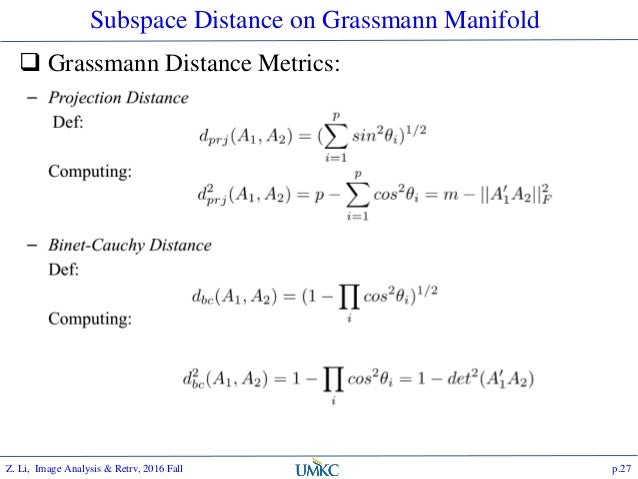

Then c p = ( c' p 1, c' p 2) since p 1 = p 2, then c' p 1 = c' p 2, so c p is an element of W. Let p = ( p 1, p 2) be an element of W, that is, a point in the plane such that p 1 = p 2, and let c be a scalar in R.Then p + q = ( p 1+ q 1, p 2+ q 2) since p 1 = p 2 and q 1 = q 2, then p 1 + q 1 = p 2 + q 2, so p + q is an element of W. Let p = ( p 1, p 2) and q = ( q 1, q 2) be elements of W, that is, points in the plane such that p 1 = p 2 and q 1 = q 2.Take W to be the set of points ( x, y) of R 2 such that x = y. Let the field be R again, but now let the vector space be the Euclidean plane R 2. 0 = (0,0,0) is immediately an element of W.Given u in W and a scalar c in R, if u = ( u 1, u 2,0) again, then c u = ( c' u 1, c' u 2, c0) = ( c' u 1, c' u 2,0).Given u and v in W, then they can be expressed as u = ( u 1, u 2,0) and v = ( v 1, v 2,0).Take W to be the set of all vectors in V whose last component is 0. Let the field K be the set R of real numbers, and let the vector space V be the Euclidean space R 3. Since elements of W are necessarily elements of V, the other properties of a vector space are satisfied a fortiori.Įxamples Examples related to analytic geometry Multiplying this by the scalar 0, we get an additive identity, 0 w = 0 in W, and we get the additive inverse of any vector in W by multiplying it by the scalar −1. Looking at the definition of a vector space, we see that properties 1 and 2 above assure closure of W under addition and scalar multiplication, so the vector space operations are well defined.īy property 3, there is some element w of W. *Usually we need only prove an existence of a zero: If W contains zero, it is not empty, and if W does not contain zero, it is not a vector space. W is not empty, or W contains a zero vector *.If u is an element of W and c is a scalar from K, then the scalar product c u is an element of W.If u and v are elements of W, then the sum u + v of u and v is an element of W.

Then W is a subspace if and only if it satisfies the following 3 conditions: Let V be a vector space over the field K, and let W be a subset of V. Instead, we can prove a theorem that gives us an easier way to show that a subset of a vector space is a subspace. To use this definition, we don't have to prove that all the properties of a vector space hold for W. If W is a vector space itself, with the same vector space operations as V has, then it is a subspace of V. Let K be a field (such as the field of real numbers), and let V be a vector space over K.Īs usual, we call elements of V vectors and call elements of K scalars.


 0 kommentar(er)
0 kommentar(er)
